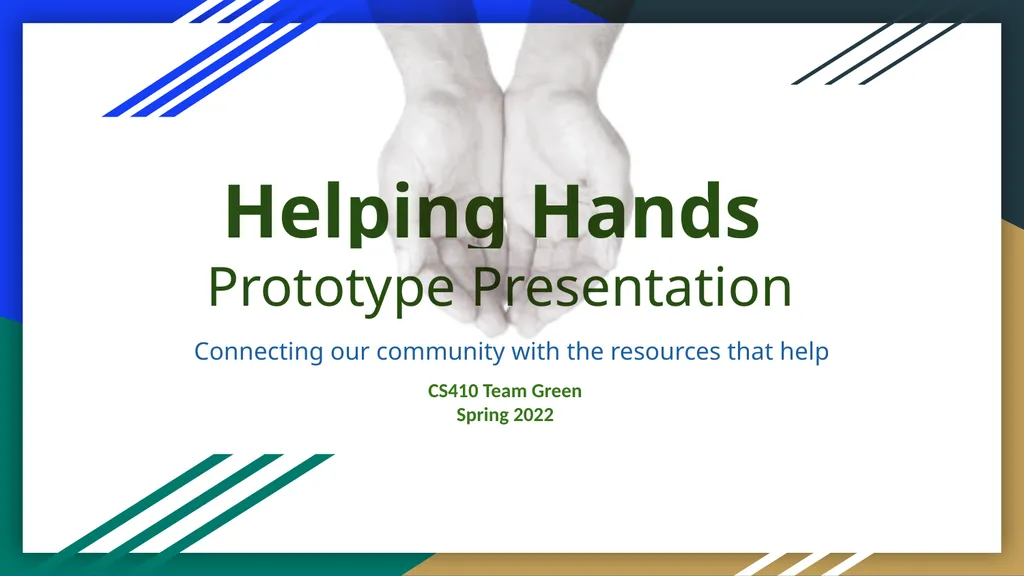
Helping Hands Prototype Presentation Connecting
Author: briana-ranney | Published: 2025-08-04
Description: Helping Hands Prototype Presentation Connecting our community with the resources that help CS410 Team Green Spring 2022 Table of Contents Slide 3-4: Problem Introduction Slide 5: Problem Statement Slide 6: Problem Characteristics: Bottom
Download Presentation
Download the PPT/PDF: Download
Transcript:
Loading transcript…